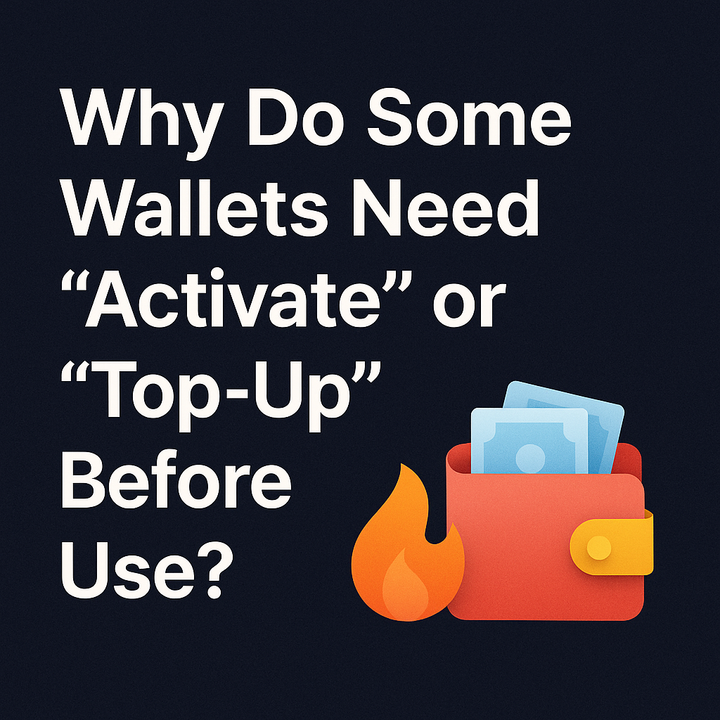Market Reaction: What the Charts, Traders, and Exchanges Say

Every loud movement on the crypto market is accompanied by an immediate reaction of three main components: charts, traders, and the trading platforms themselves. The reason can be anything - news release, movement of old bitcoins, draining of altcoins from large addresses. But the consequences are always reflected in technical indicators, in the rhetoric of traders, and in the behavioral model of exchanges. In this article, we will consider how the modern market interprets such events and what you should pay attention to.

Charts: the first to shout
It all starts with price movement. Even if there is no official news, the market reacts instantly. On the chart, this is manifested as:
· a sudden increase in volumes - a sign of a surge of interest or panic;
· candles with long shadows - a sign of a fight between bulls and bears;
· gaps in the order book - traders massively remove limit orders, not understanding where the price will go;
· a jump in volatility - the market goes into "search for direction" mode.
Often, traders notice technical signals even before it becomes clear what the trigger was. And if large players have become active, the chart will be one of the first to react.

Traders: panic, euphoria or wait-and-see
The community of traders — especially on Twitter, TradingView and Telegram — instantly analyzes what is happening. What they do:
Read the blockchain: if large volumes of BTC or ETH enter the exchanges, this is considered a bearish signal.
Compare levels: a breakout of key support (for example, $58,000 for BTC) can change the whole mood.
Look for patterns: "head and shoulders", "double bottom", "bullish wedge" — not just pictures, but psychological projections of expectations.
Monitor the funding rate: if it suddenly goes into the negative, futures traders panic, this may mean capitulation.
It is also important to understand that the behavior of small traders and large players (the so-called "whales") is different. While the crowd is shorting, whales can accumulate the asset.

Exchanges: hidden signals from large players
On large exchanges (Binance, Coinbase, Bybit, OKX), you can notice additional signs of panic or, conversely, accumulation:
Netflow of exchanges - if coins leave the exchanges, this is a bullish signal (accumulation), if they come - a bearish signal (preparation for sale).
Spikes in Open Interest - an increase in open positions with a decrease in price may indicate excessive greed or a trap.
Changes in fees and limits - during periods of overload, exchanges can temporarily limit input/output, which also affects the mood of traders.
Anomalies in the stablecoin/fiat pair - if USDT begins to trade with a premium to the dollar, this may be a sign of a flight to stability.
Market Indicators and Their Typical Interpretations
|
Indicator |
Description |
Bullish Signal |
Bearish Signal |
|
Price
Candlesticks |
Patterns
on trading charts showing price action |
Strong
green candles, breakout patterns |
Long
upper wicks, breakdown from support |
|
Volume
Spikes |
Sudden
increase in trading volume |
Accumulation
phase, breakout confirmation |
Panic
selling, distribution phase |
|
Order
Book Imbalances |
Gaps or
heavy clusters in buy/sell orders |
Strong
buy wall = support |
Strong
sell wall = resistance |
|
Volatility
Index (e.g., BVOL) |
Measure
of how much price fluctuates |
Controlled
volatility during uptrend |
Unstable,
erratic spikes in downtrend |
|
Funding
Rate (Futures) |
Interest
rate paid between long and short traders |
Slightly
positive = healthy uptrend |
Highly
negative = fear, possible short squeeze |
|
Open
Interest (OI) |
Total
number of open futures contracts |
Increasing
OI with rising price = bullish trend |
Rising
OI with falling price = potential trap or liquidation |
|
Exchange
Netflow (BTC/ETH) |
Net
amount of crypto going in/out of exchanges |
Net
outflows = accumulation |
Net
inflows = potential sell-off |
|
Stablecoin
Premium (USDT/USD) |
Whether
USDT is trading above or below USD |
Premium
= demand for crypto assets |
Discount
= fear, exit to fiat |
|
Whale
Wallet Activity |
On-chain
movements from large wallets |
Whale
accumulation |
Whale
deposits to exchanges |
|
Social
Sentiment |
Aggregate
mood on Twitter, Reddit, Telegram |
Bullish
buzz, “buy the dip” narratives |
FUD,
panic, "rug pull" warnings |
Examples of recent market reactions
Migration of old bitcoins
Blockchain recorded the movement of BTC from Legacy addresses. 30 minutes later, the market responded: -3.5% for BTC, volumes grew by 270% in an hour. More than 20,000 BTC entered the exchanges.
FUD around stablecoins
After rumors about Tether being checked in the US, traders began to exit USDT. The chart showed a drawdown in altcoins, funding became sharply negative, and exchanges tightened control over withdrawals.
Capitulation in the summer of 2022
A jump in volatility, a drop in price, massive closing of longs and an outflow of funds from centralized exchanges are an example of a classic panic wave, which traders later dubbed the "final capitulation".
What does this mean for an investor?
Understanding the interaction between the chart, the trading community and the reaction of exchanges is the key to informed decisions. Don't rely on one source: it's important to compare signals and monitor dynamics in real time. Sometimes panic is an opportunity. Sometimes growth is a trap.
Real-World Exchange Behavior During Market Shocks
|
Exchange |
Event Example |
Observed Reaction |
Impact on Traders |
|
Binance |
BTC
drop below key support ($60k zone) |
Temporary
suspension of withdrawals due to network congestion |
Panic
among users; seen as both safety measure and sign of instability |
|
Coinbase |
Sudden
spike in trading volumes |
System
slowdown and slippage on large orders |
Negative
sentiment from institutions and retail alike |
|
Bybit |
Flash
crash in ETH |
Massive
liquidations on leveraged positions |
Retail
losses; “unfair liquidation” complaints in forums |
|
OKX |
USDT
depeg rumors |
Enabled
internal swap mechanisms to maintain peg confidence |
Mixed
reaction: reassurance for some, distrust from others |
|
Kraken |
Movement
of BTC from 2010 wallet detected |
BTC
dumped on spot, sharp selloff, large sell wall appeared |
Spike
in fear metrics and altcoin correlation collapse |
|
KuCoin |
Regulatory
uncertainty in key market |
Introduced
new KYC restrictions and withdrawal limits |
Traders
rushed to withdraw funds, leading to temporary net outflow spike |
|
Gate.io |
Surge
in meme coin trading |
Temporarily
removed illiquid pairs to prevent manipulation |
Perceived
as censorship by traders; others saw it as risk mitigation |
|
Gemini |
Institutional
whale deposit |
Tracked
10,000 BTC deposit — price began to fall within 30 minutes |
Highlighted
how centralized inflow can influence broader market behavior |

Conclusion
The cryptocurrency market is technology, psychology, and mass behavior all at once. When sharp movements occur, sensible investors don't react blindly. They read charts, listen to traders, watch exchanges, and draw conclusions based on complex analysis. Because in a world where information spreads in seconds, it's not the fastest who survives, but the one who can think.



Comments ()